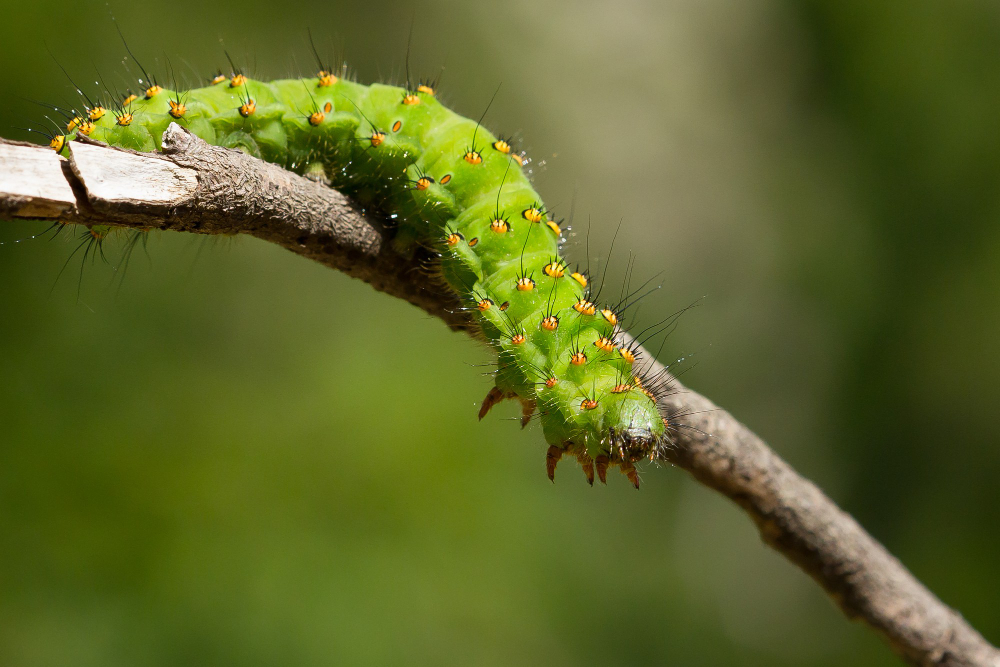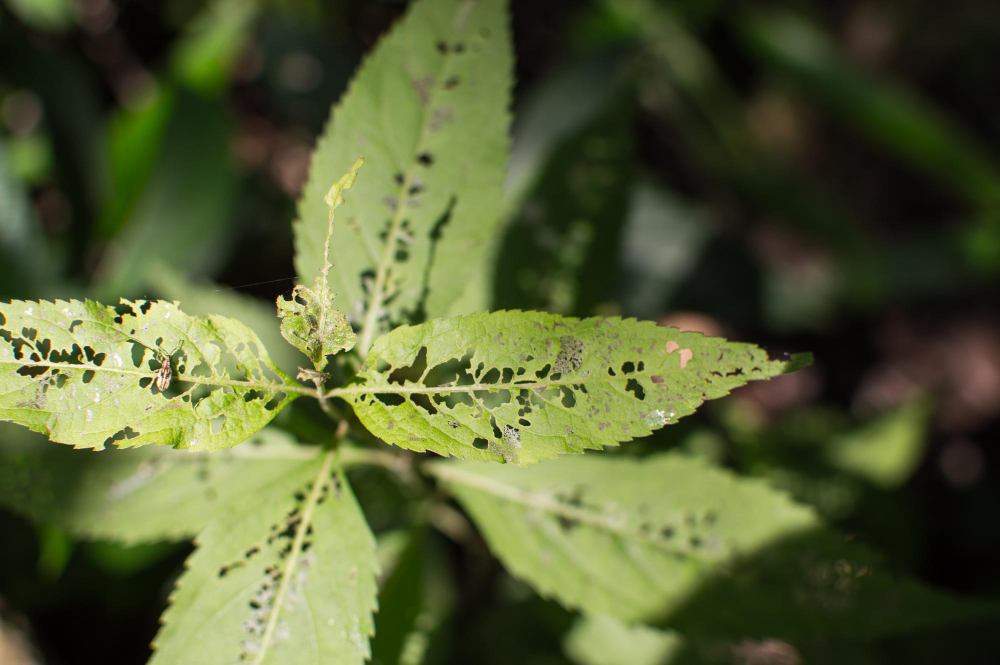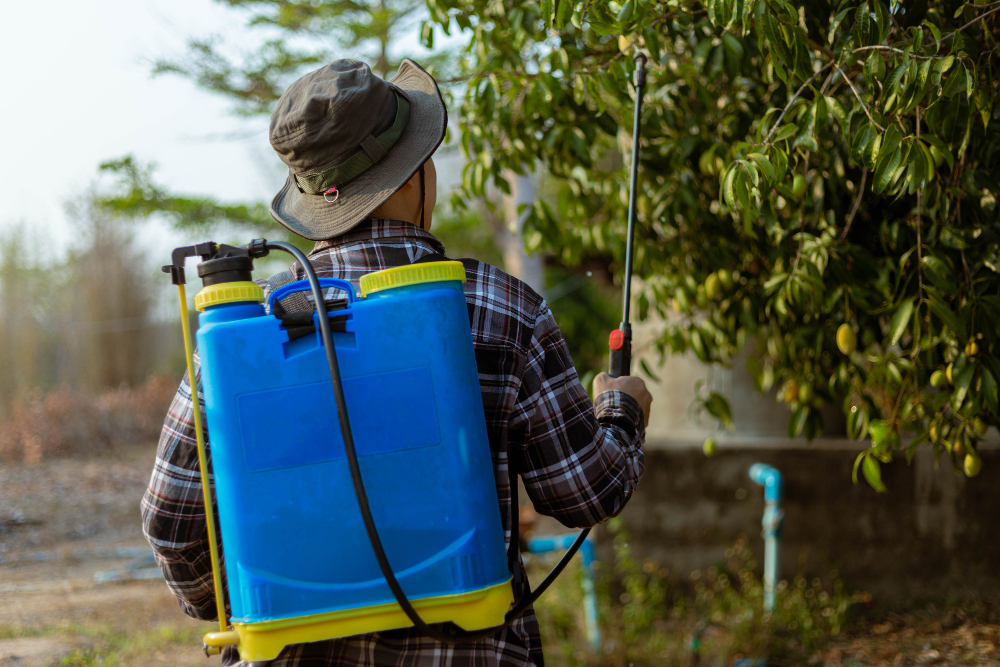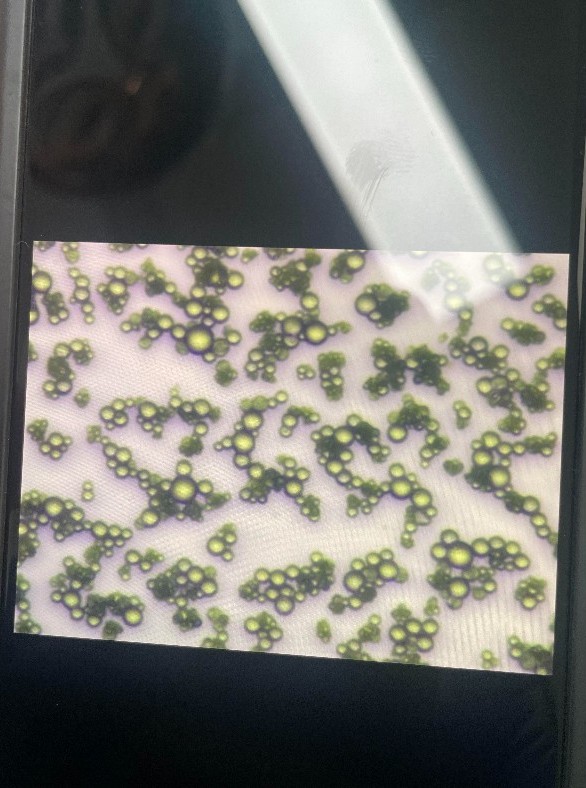
Early Identification of Pests and Diseases in Plants to Protect Crops
Early Identification of Pests and Diseases in Plants to Protect Crops
1. Introduction
Pests and diseases are among the main factors affecting crop yield and quality. Early detection of pest and disease symptoms allows farmers to take timely preventive measures, minimizing damage and effectively protecting their crops. Below are ways to identify plant pests and diseases early.
2. Early Signs of Pest and Disease Infestation

2.1. Observing Leaf Shape and Color
- Yellowing or wilting leaves: May indicate fungal, bacterial, or viral infection.
- Curled or deformed leaves: A sign of viral infections or sap-sucking insects such as aphids and thrips.
- Spots on leaves (brown, yellow, black): Indicate leaf spot diseases caused by fungi or bacteria.
- Holes or chewed leaves: Caused by leaf-eating pests such as caterpillars and beetles.
2.2. Examining the Stem and Branches
- Cracked stems with oozing sap: A sign of gummosis or fungal infections.
- Dry or wilting branches: Could be due to fungal diseases or nematode damage to vascular tissues.
- Unusual lumps or swellings on the stem: May indicate bacterial infections.
2.3. Checking the Roots
- Rotting roots with foul odor: A symptom of root rot caused by fungi or bacteria.
- Unusual root nodules: May indicate nematode infestation.
- Plants easily toppling over despite normal growth: Suggests root system damage.
2.4. Inspecting Flowers and Fruits
- Excessive flower drop: May be caused by anthracnose disease or pest damage.
- Spotted, blackened, or rotting fruits: Indicate fungal infection.
- Deformed or uneven-sized fruits: May be due to viral infections or insect damage.
3. Effective Pest and Disease Inspection Methods

- Frequent monitoring: Check crops at least 2-3 times per week for early signs of disease.
- Using insect traps: Helps identify harmful insects such as thrips and aphids.
- Using a magnifying glass: Allows closer observation of disease symptoms on leaves and stems.
- Soil and plant testing: Identifies disease-causing microbes for appropriate treatment.
4. Preventing and Controlling Pests and Diseases

- Use disease-resistant crop varieties: Select plants with high pest and disease resistance.
- Practice crop rotation: Helps prevent disease accumulation in the soil.
- Increase organic fertilizer use: Strengthens plant immunity against diseases.
- Apply biological pest control methods: Reduce chemical pesticide use to protect the environment and food safety.
- Regular pruning and garden sanitation: Remove infected leaves and branches to limit disease spread.
5. Conclusion
Early identification of pests and diseases allows timely preventive measures, minimizing risks and ensuring crop productivity. Implementing effective inspection and prevention methods will help crops grow healthily, increase yield, and protect the environment.
Bình luận
Những bình luận mới nhất



